Aeon Video has a monthly newsletter!
Get curated editors’ picks, peeks behind the scenes, film recommendations and more.
Ums, likes and y’knows get no respect – but they’re vital to conversation
If you’ve ever listened to a recording of yourself speaking, the frequency with which you used fillers such as ‘um’, ‘uh’, ‘like’ and ‘y’know’ might have grabbed your attention – and perhaps your scorn. Indeed, these verbal hesitations have been viewed as undesirable since the days of ancient Greece and, more recently, the American linguist Noam Chomsky characterised them as ‘errors’ irrelevant to language. But could there be more to these utterances than initially meets the ear? In this short animation from TED-Ed, Lorenzo García-Amaya, assistant professor of Spanish at the University of Michigan, reveals how ‘filled pauses’ can give conversation partners important context clues, communicate emphasis, help tether related thoughts together, and so much more.

video
Biography and memoir
As her world unravels, Pilar wonders at the ‘sacred geometry’ that gives it structure
20 minutes
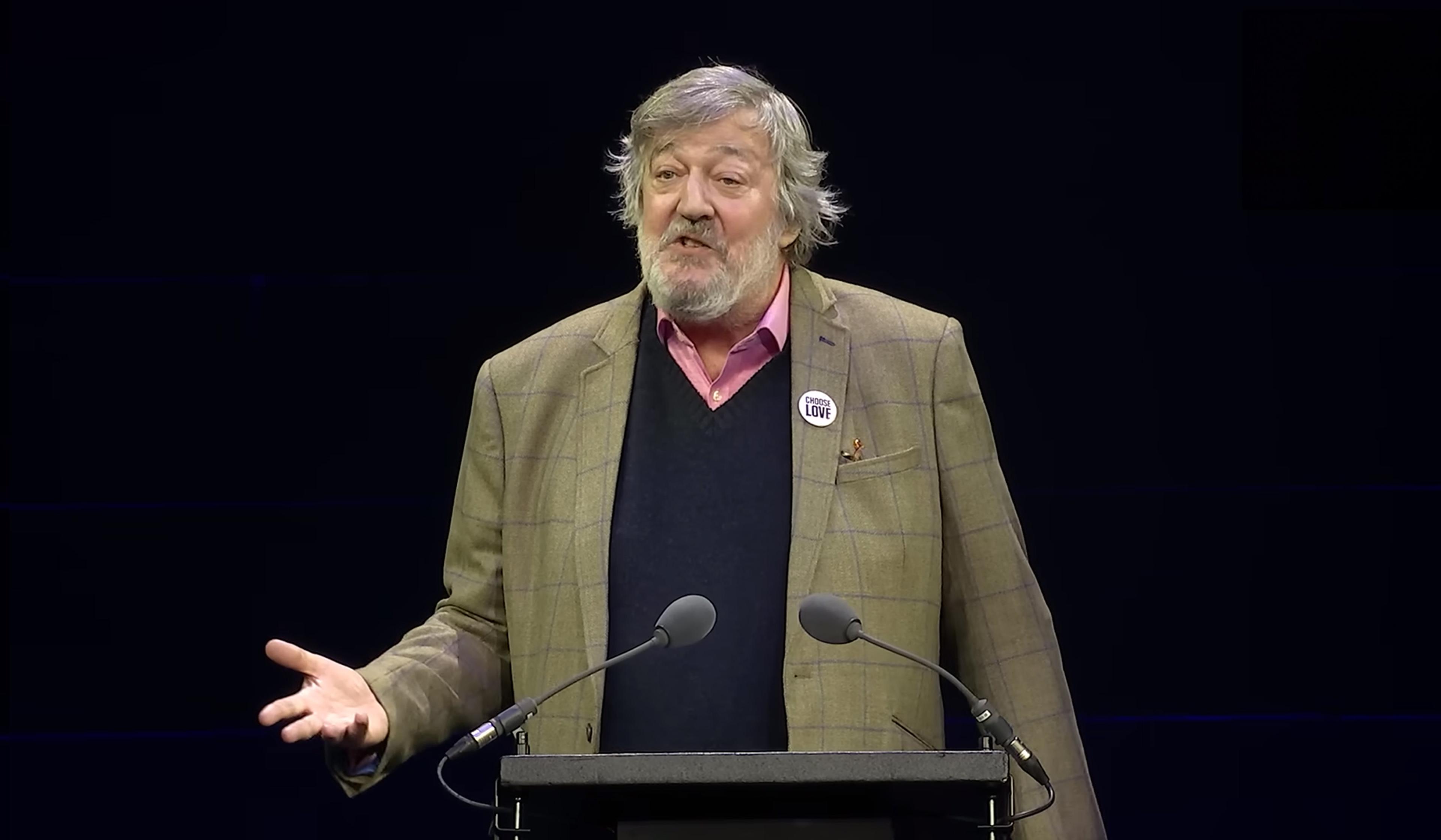
video
Meaning and the good life
Why strive? Stephen Fry reads Nick Cave’s letter on the threat of computed creativity
5 minutes
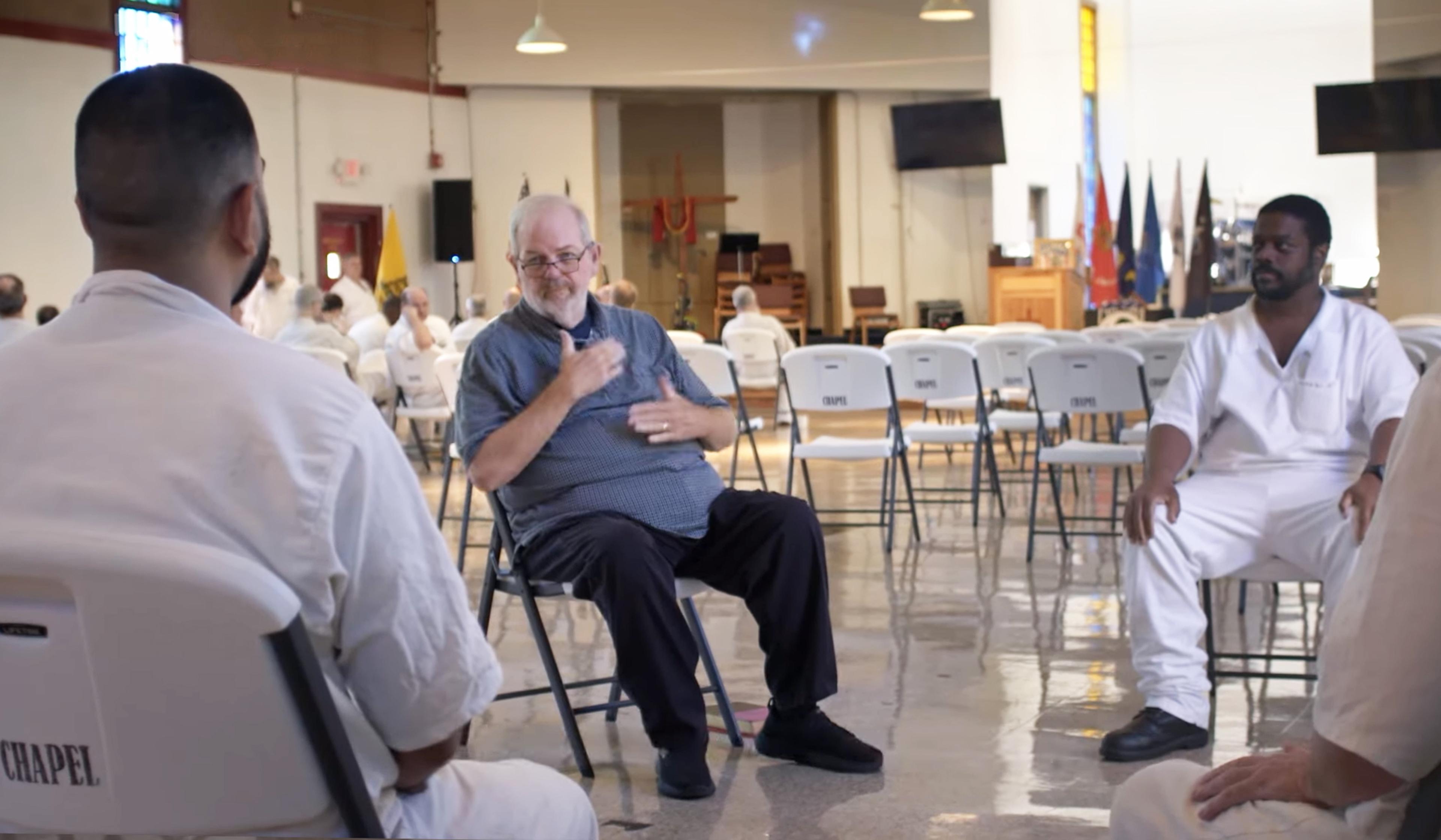
video
Human rights and justice
‘I know that change is possible’ – a Deaf prison chaplain’s gospel of hope
18 minutes
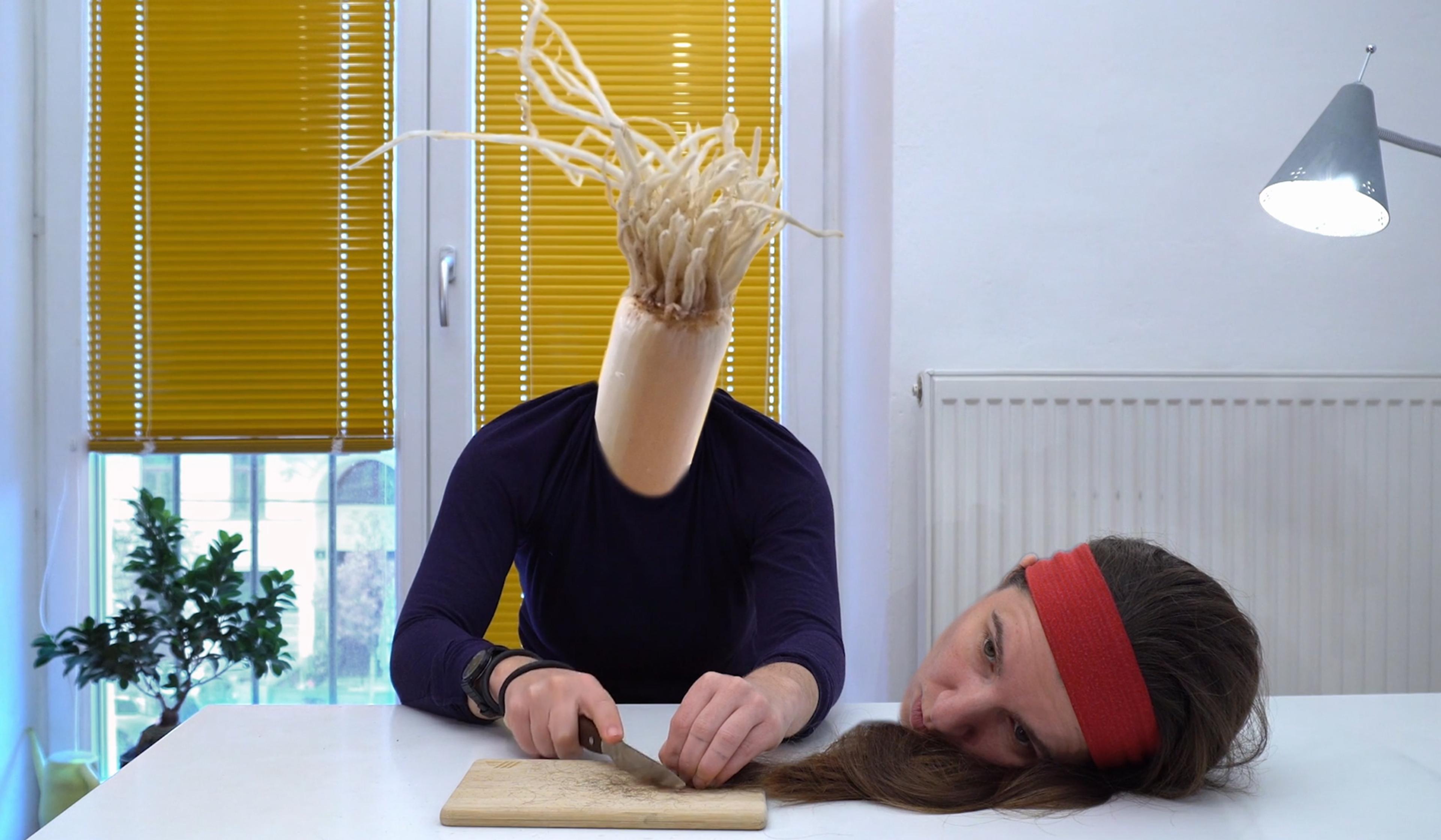
video
Technology and the self
An artist swaps her head with everyday objects in a musing on consumerism
4 minutes
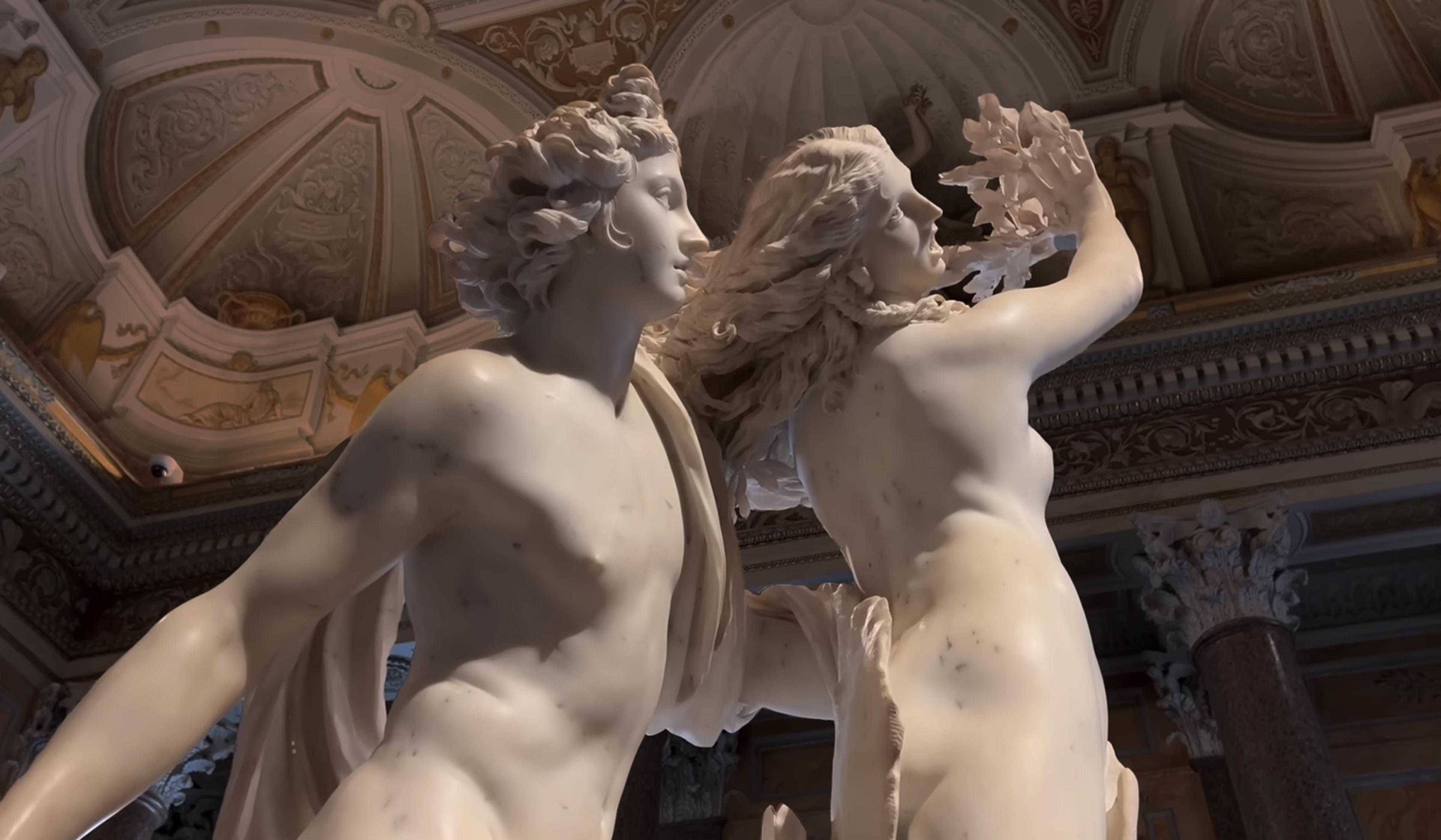
video
Art
The overlooked polymath whose theatrical oeuvre made all of Rome a stage
30 minutes
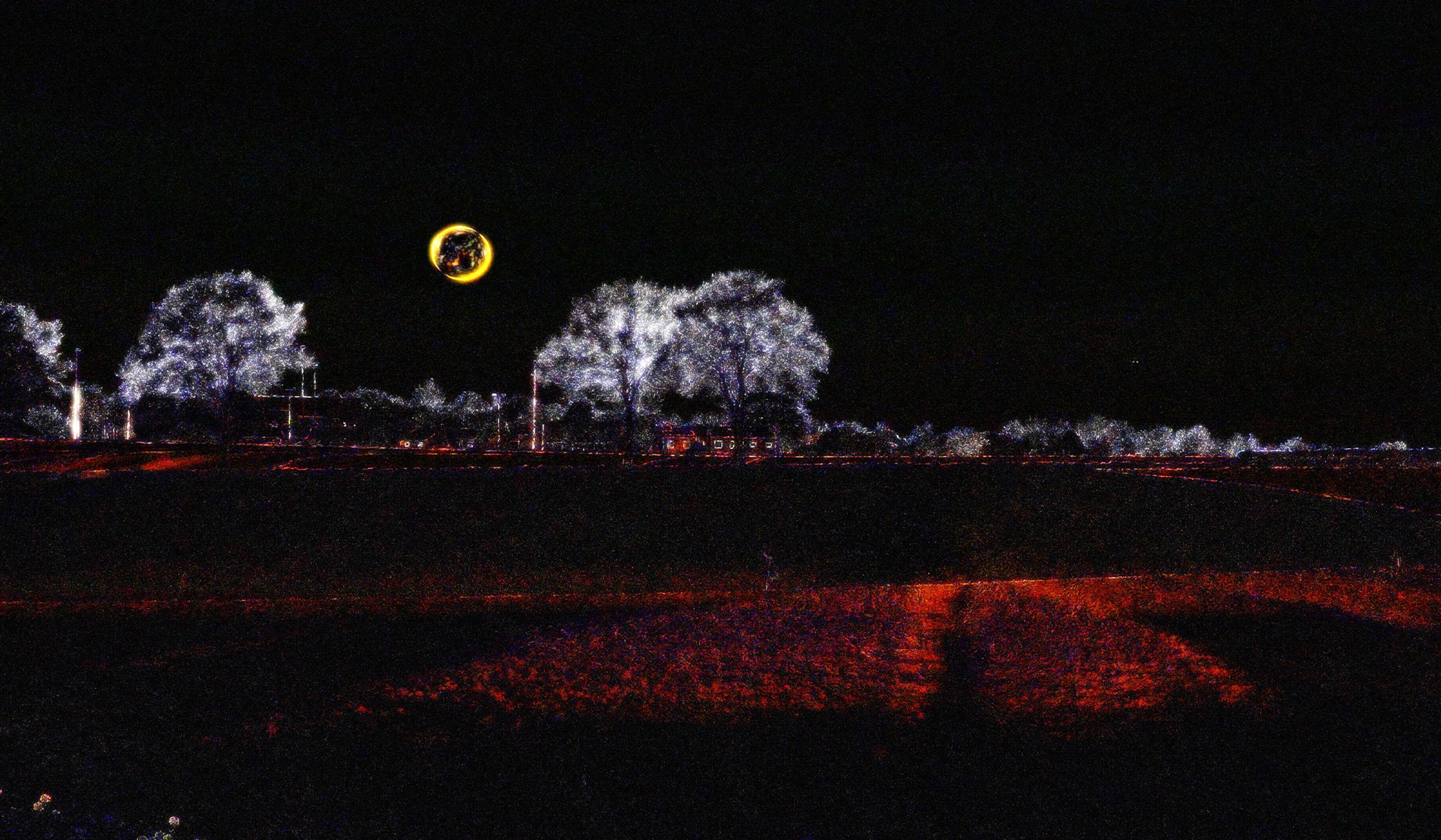
video
Film and visual culture
An augmented-reality filter reveals the hidden movements all around us
7 minutes
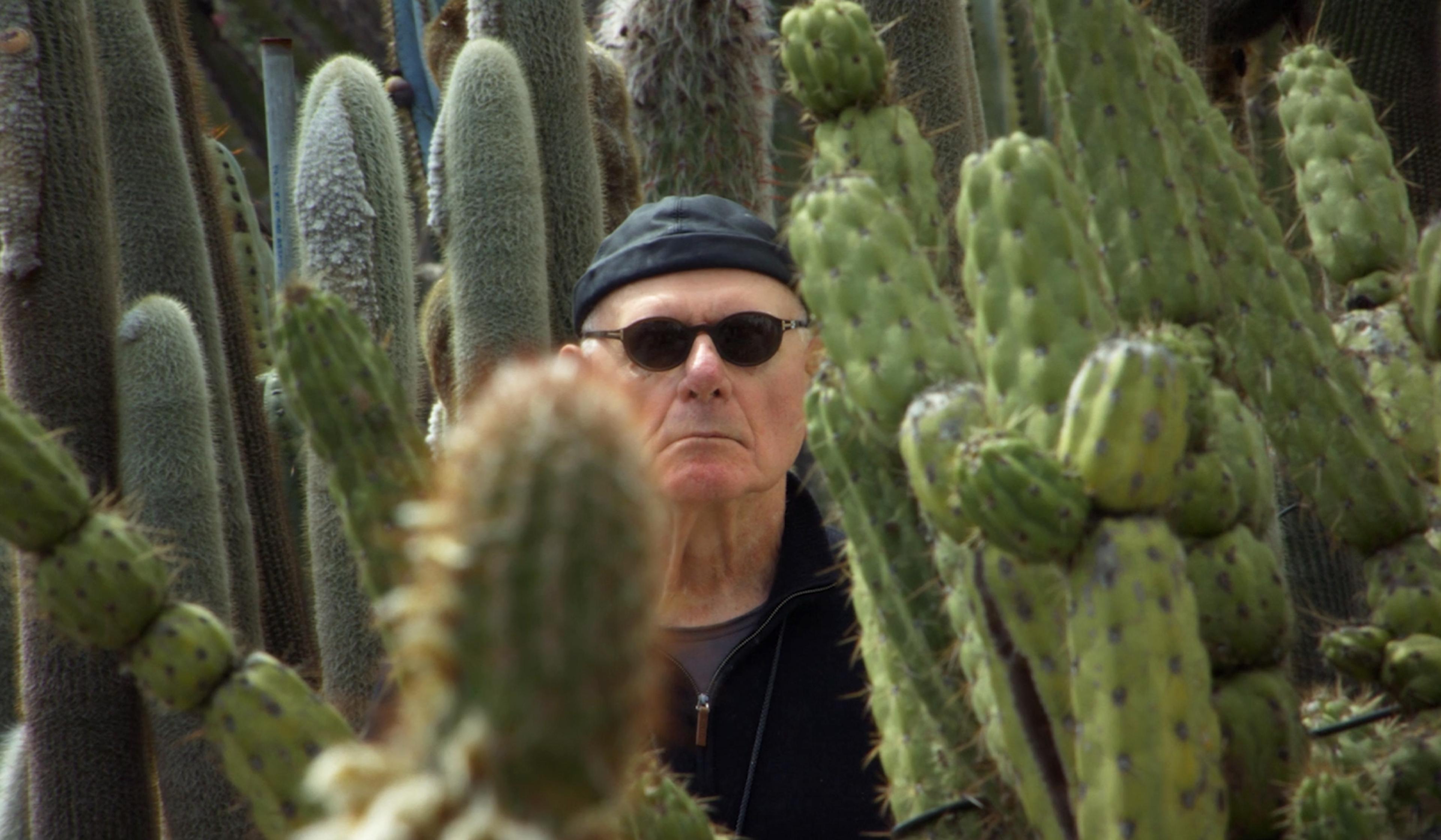
video
Beauty and aesthetics
The grit of cacti and the drumbeat of time shape a sculptor’s life philosophy
11 minutes
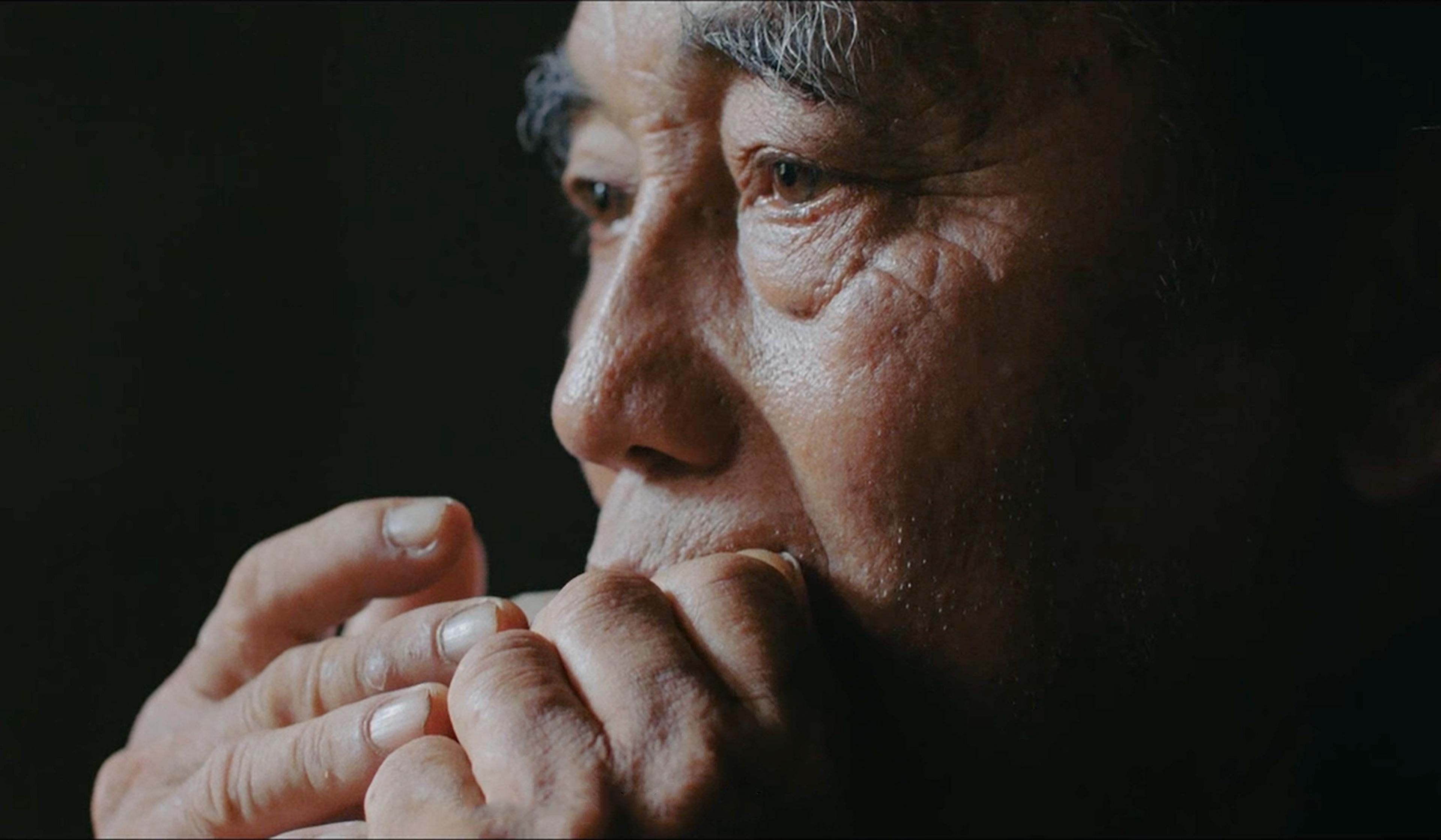
video
Language and linguistics
Messages born of melody – hear the whistled language of the Hmong people
18 minutes
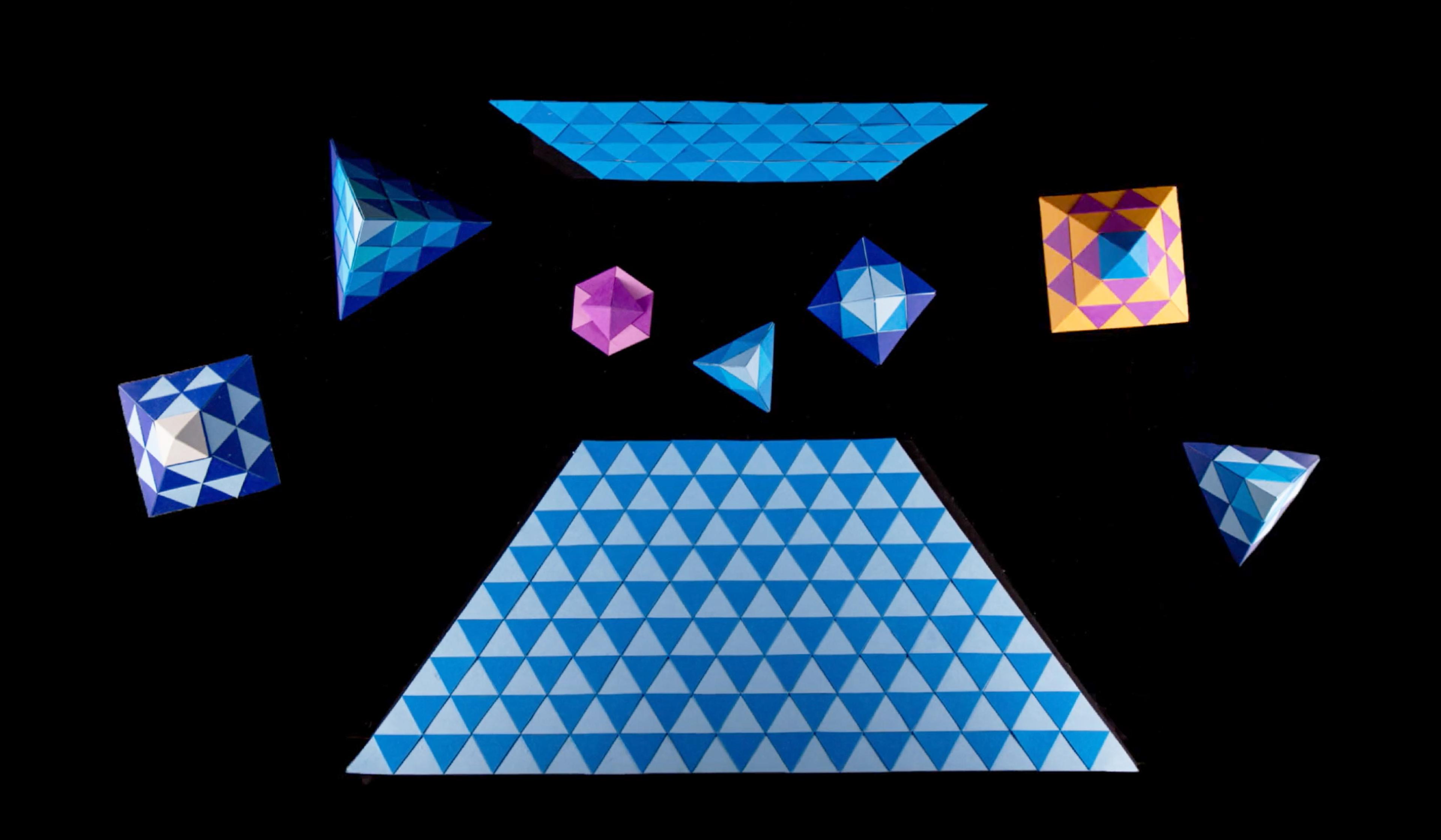
video
Film and visual culture
Stop-motion origami unfurls in a playful exploration of how senses overlap
3 minutes